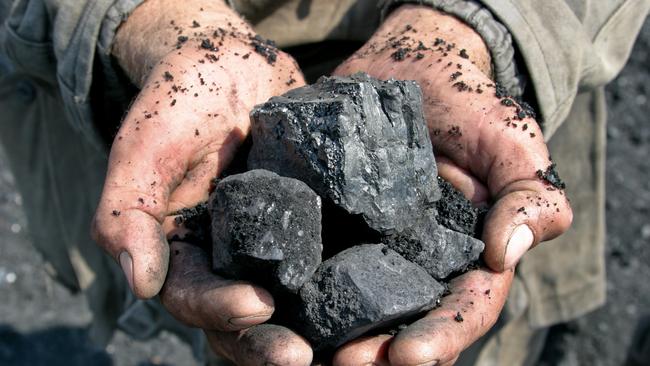Power crunch eases but bill shock awaits
The Australian Energy Market Operator intervened by shutting down the national electricity market and taking over control of all wholesale prices and generation in a bid to stop power shortages.

The threat of blackouts for households has eased following the energy operator seizing market control and the return of some coal supply, but experts warn power prices may remain high for years, leading to increased bills.
But the threat of further disruptions prompted an extraordinary intervention by the NSW government, with the state gaining emergency powers to force coal companies to guarantee supplies to the local electricity market as stockpiles run low at some generators.
Government sources confirmed NSW Energy Minister Matt Kean met the state’s Governor late on Thursday to secure legal authority to require coal companies to deliver supplies to keep generators running.
The measure came a day after Mr Kean urged households to minimise their use of electricity.
The government could use the new powers once generation units now offline are repaired. However, there is currently no specific planned use.
The Australian Energy Market Operator intervened on Wednesday by shutting down the national electricity market, and taking control of all wholesale prices and generation in a bid to stop power shortages.
After being forced to call on emergency reserves for NSW and Queensland on Wednesday night to keep the lights on, the market had improved as coal plants returned online and AEMO gained greater control over the availability of energy generation.
“Since suspending the spot market AEMO has been able to manage electricity supply more effectively to meet expected demand, with the co-operation of national electricity market participants,” the agency said. “There have been significant improvements in AEMO’s certainty of generator availability and limitations. Today AEMO’s forecast for reserve conditions have improved across all national electricity market regions. Following close co-ordination with the NSW government and generators, reserve levels have improved markedly in NSW.”
While a quarter of coal plants have been out of action in recent weeks, a major factor in the supply squeeze, a raft of coal units have either resumed operation or plan to in the coming days.
AGL Energy bought back a quarter of supply at its Bayswater coal station in NSW on Thursday and plans to double that capacity by Saturday after suffering a spate of mechanical problems. EnergyAustralia has also returned into service one of its four operating units at Yallourn, which provides 20 per cent of Victoria’s electricity needs. Still, another quarter of capacity will take a week longer to return than forecast, while half of its Mt Piper coal station in NSW will be forced offline this weekend to repair boiler problems.
Coal supply to Mt Piper was running at lower levels than planned, the company said.
EnergyAustralia managing director Mark Collette said: “The power station gets most of its coal from the nearby Springvale mine. Production and deliveries are below expected levels in 2022.”
Despite the improvement in the market, the Ai Group’s Tennant Reed said energy users should brace for prices to remain high. “Once we get through this acute crisis – and once either supply has been restored on the electricity side or demand is lower with the coming of spring – we are still going to be experiencing electricity and gas prices that are incredibly high by historical standards,” Mr Reed said.




To join the conversation, please log in. Don't have an account? Register
Join the conversation, you are commenting as Logout